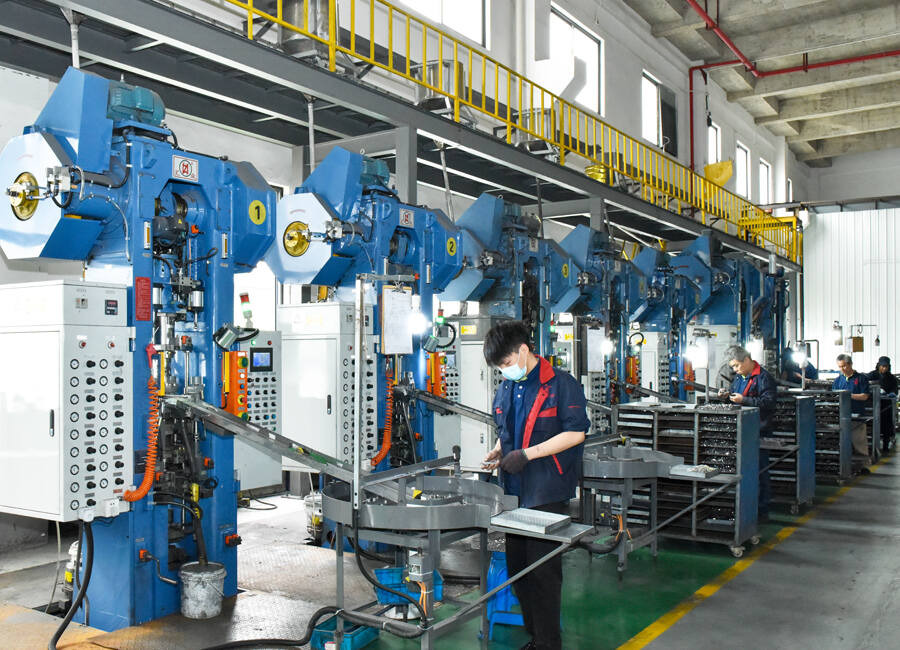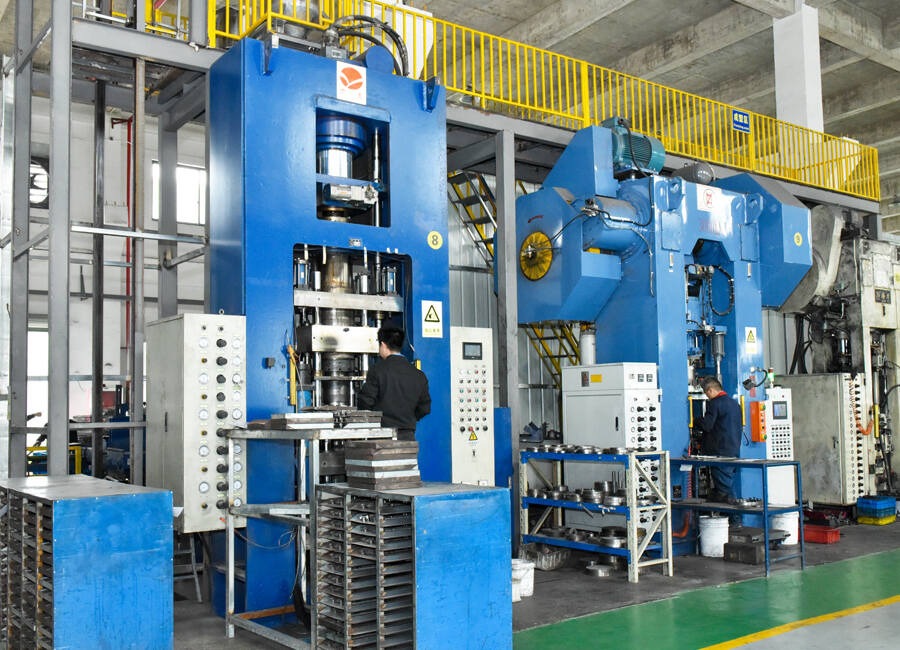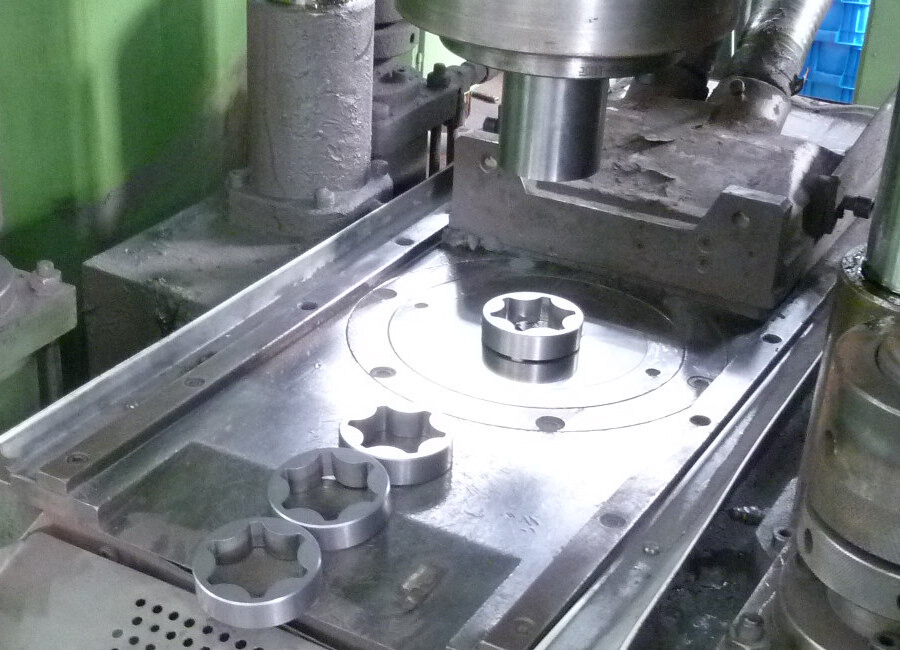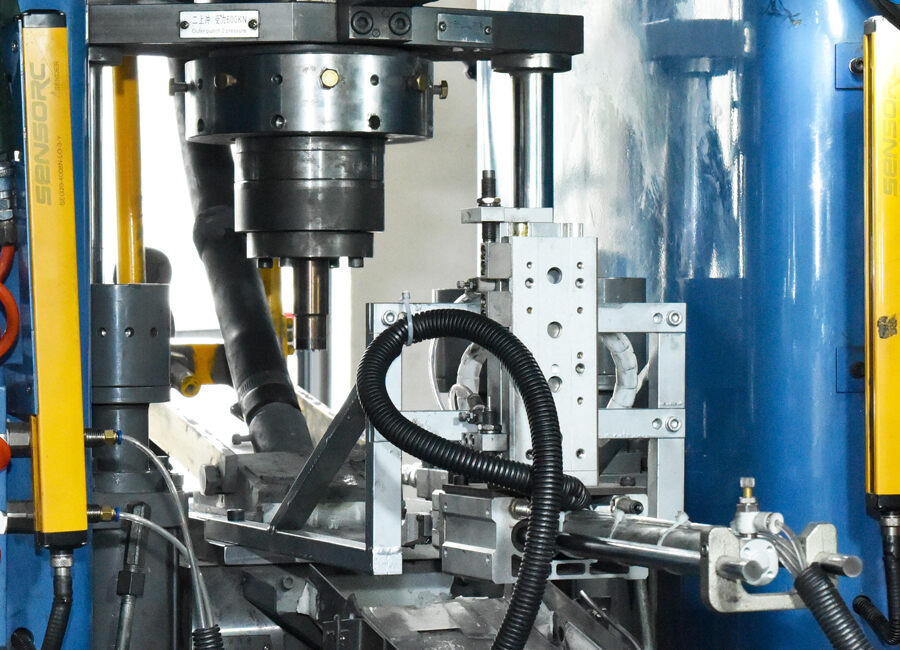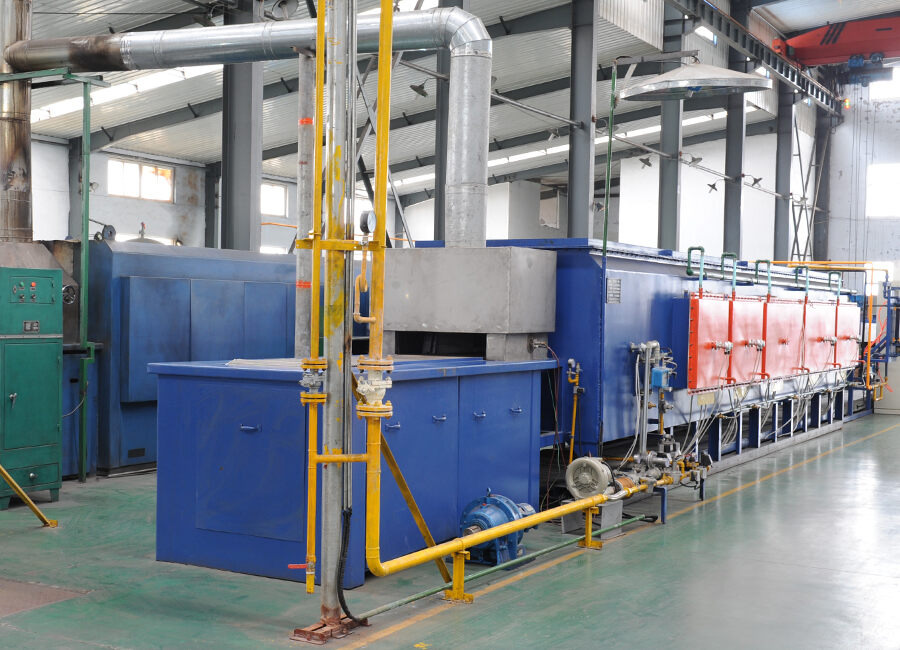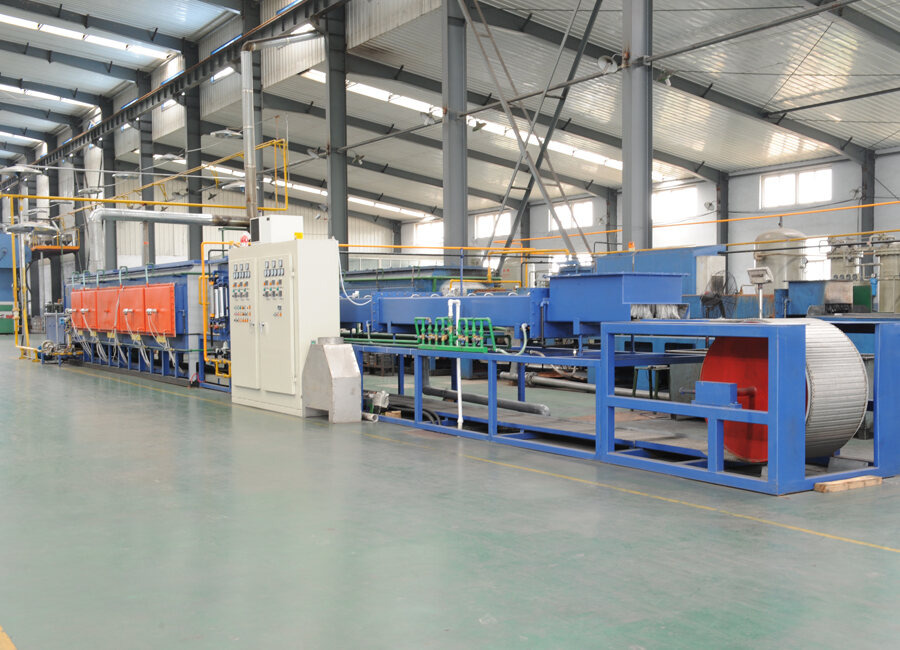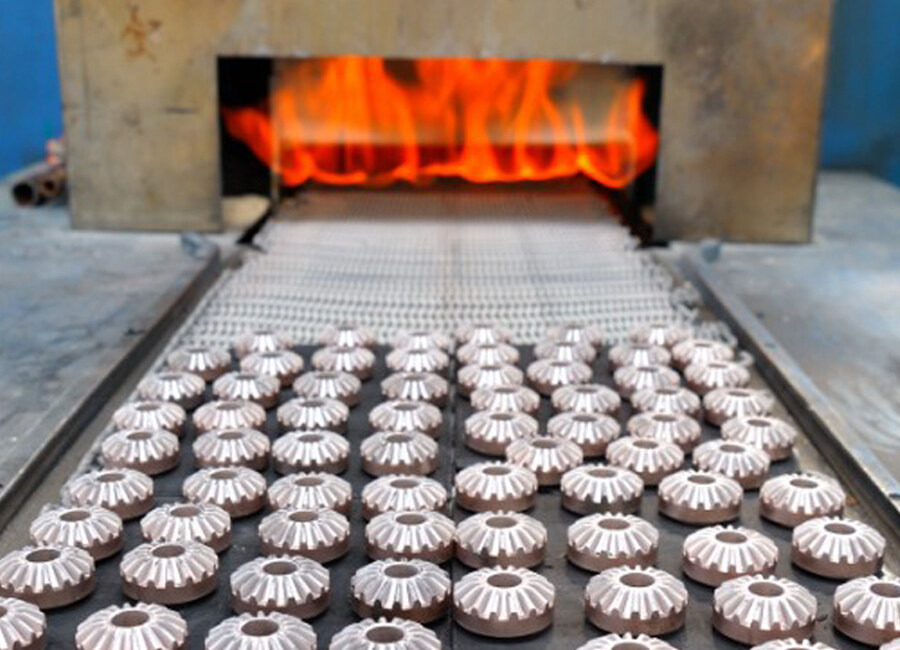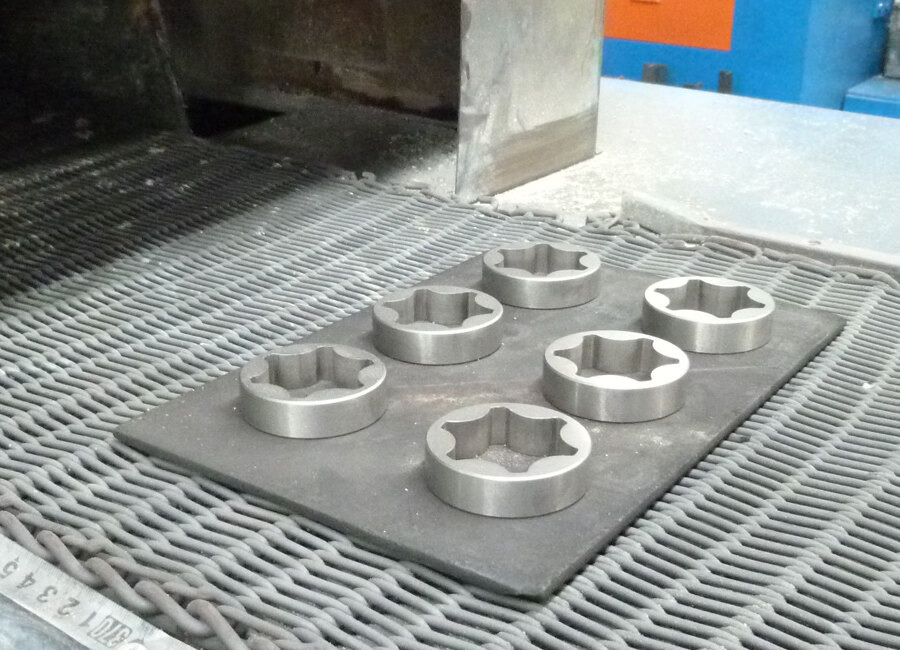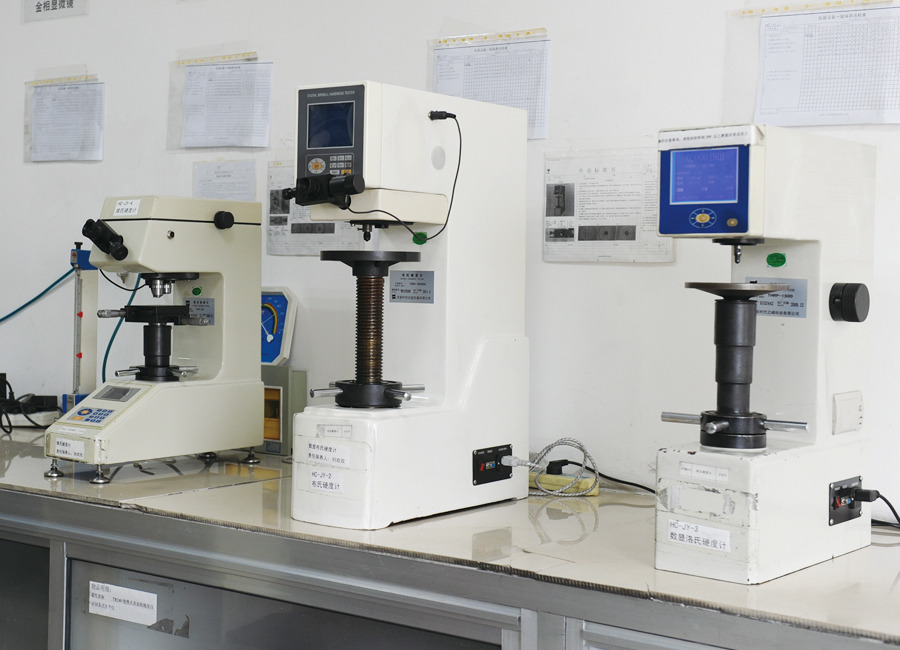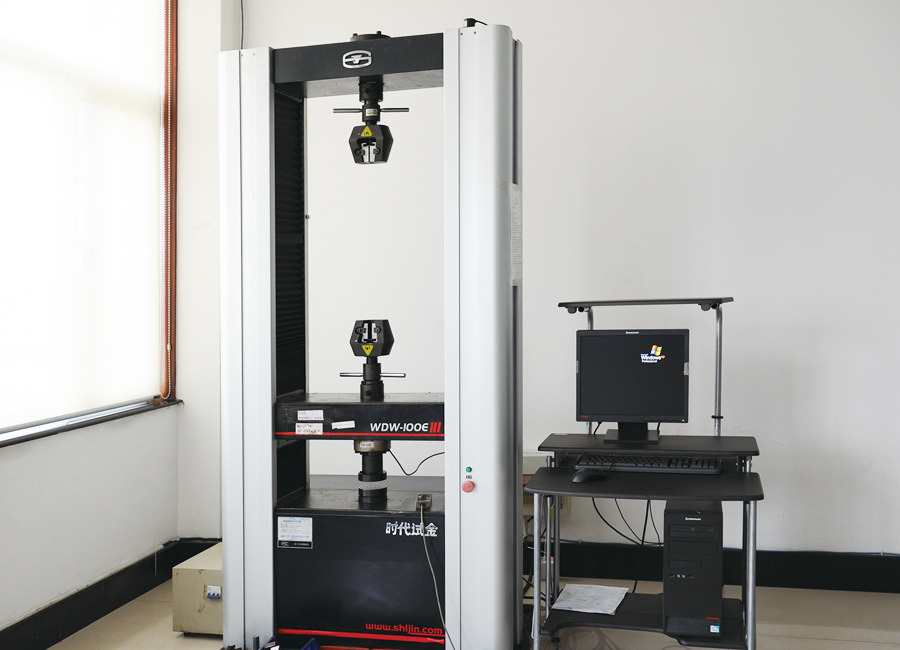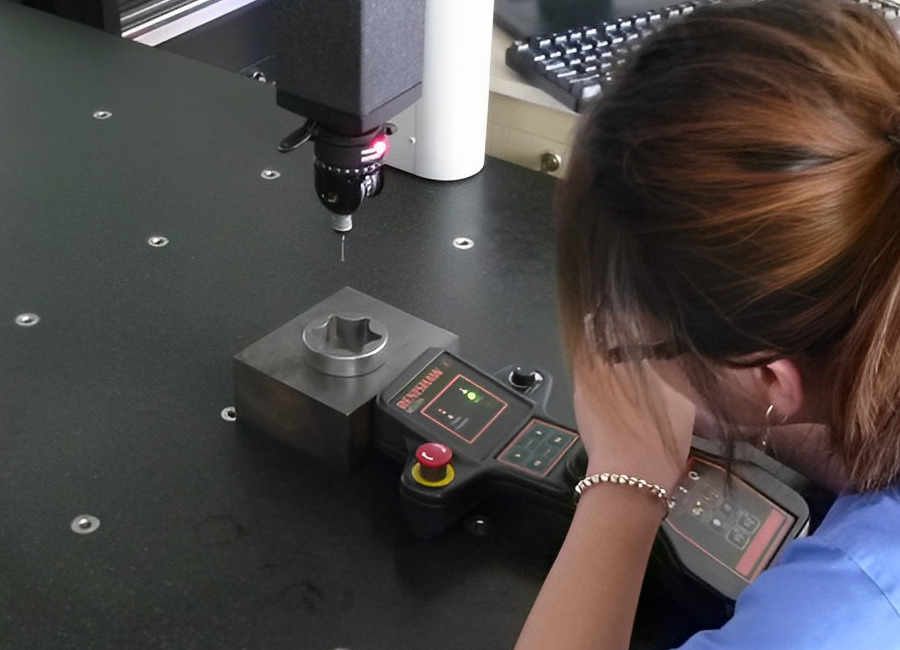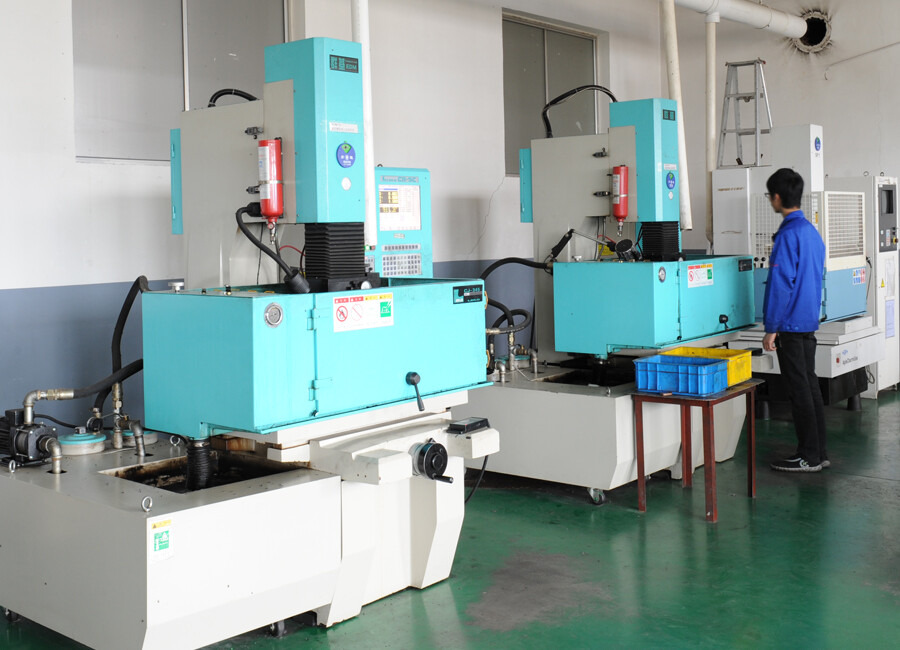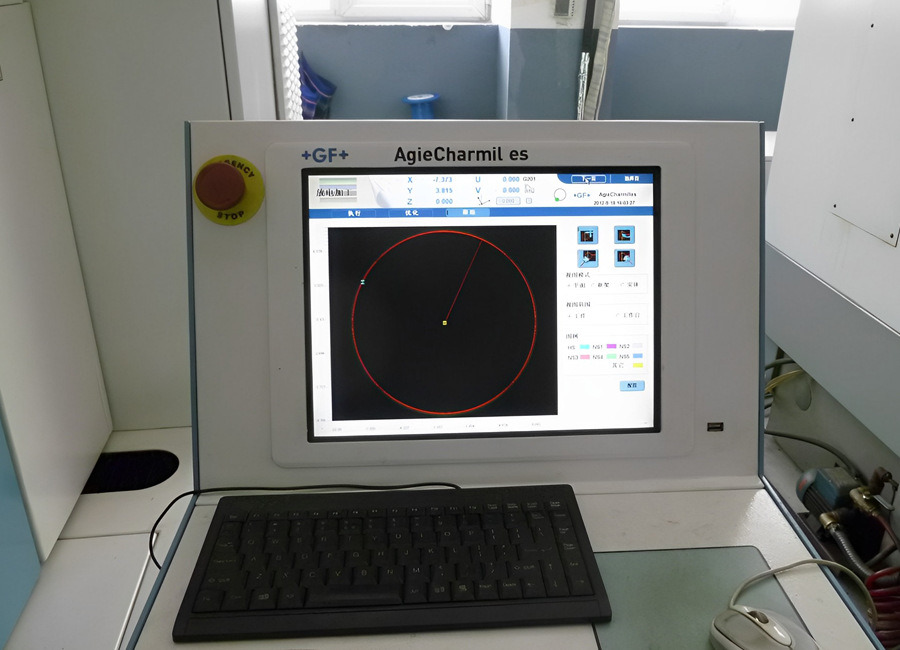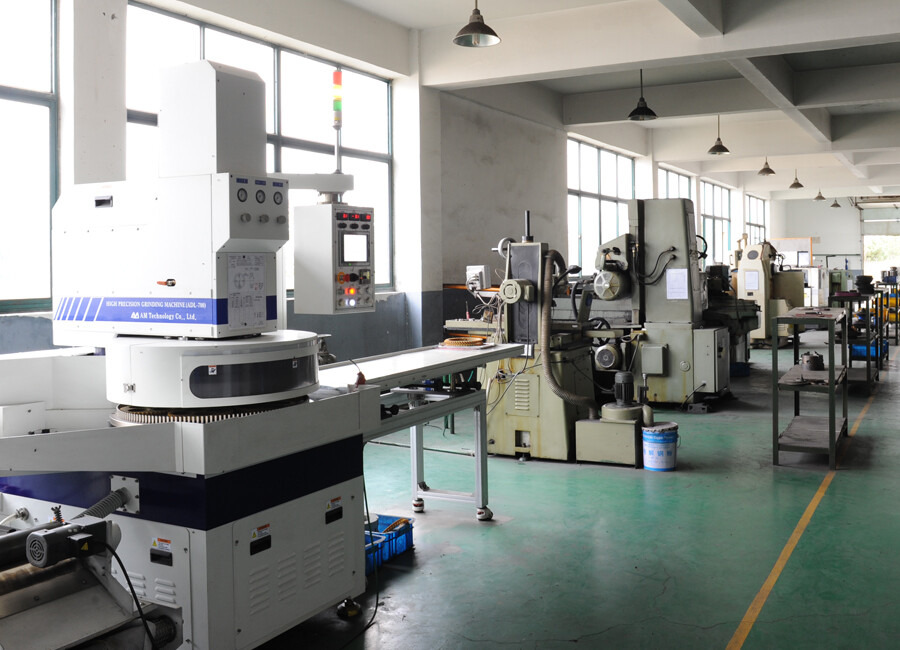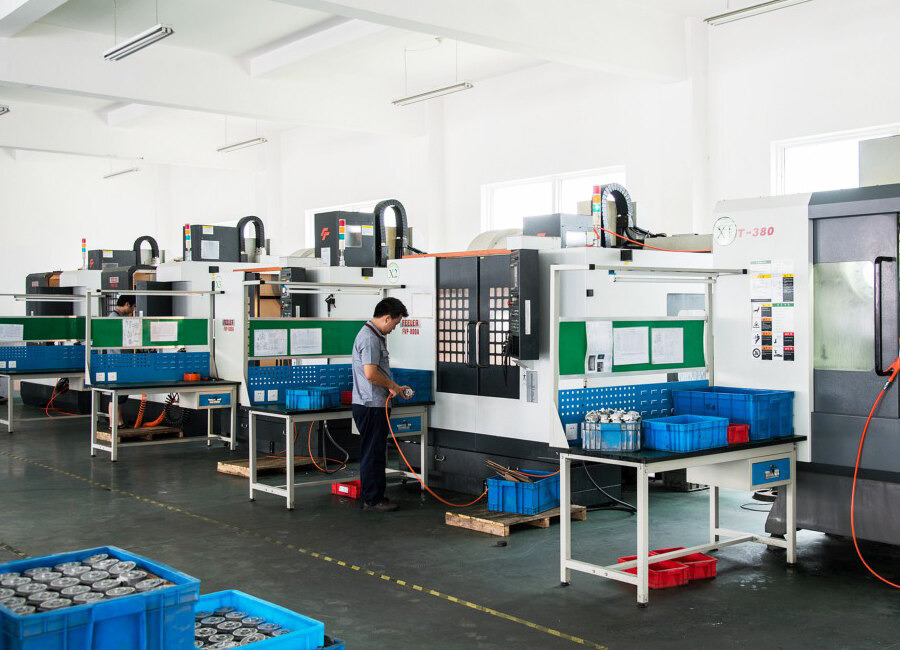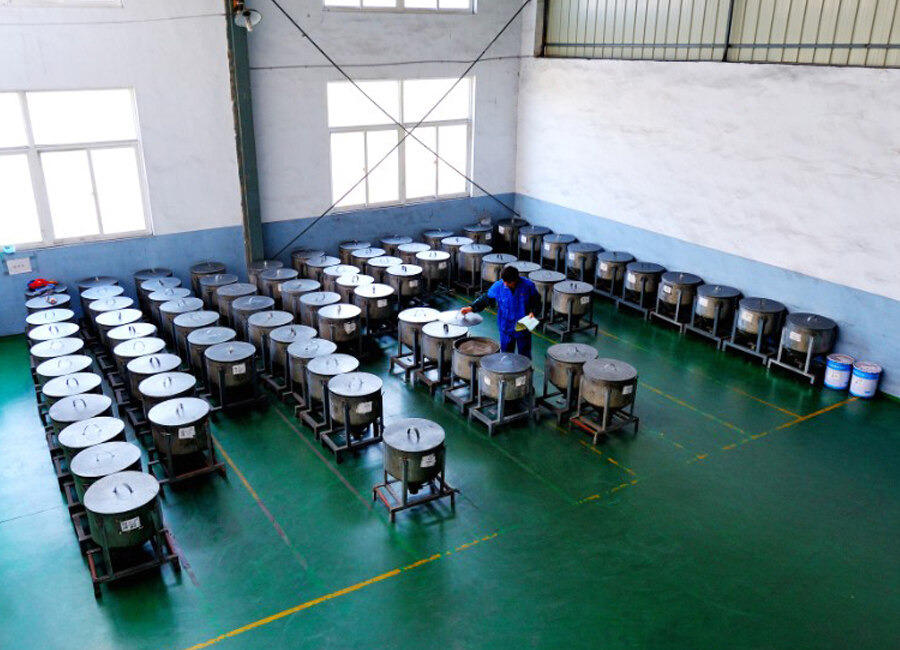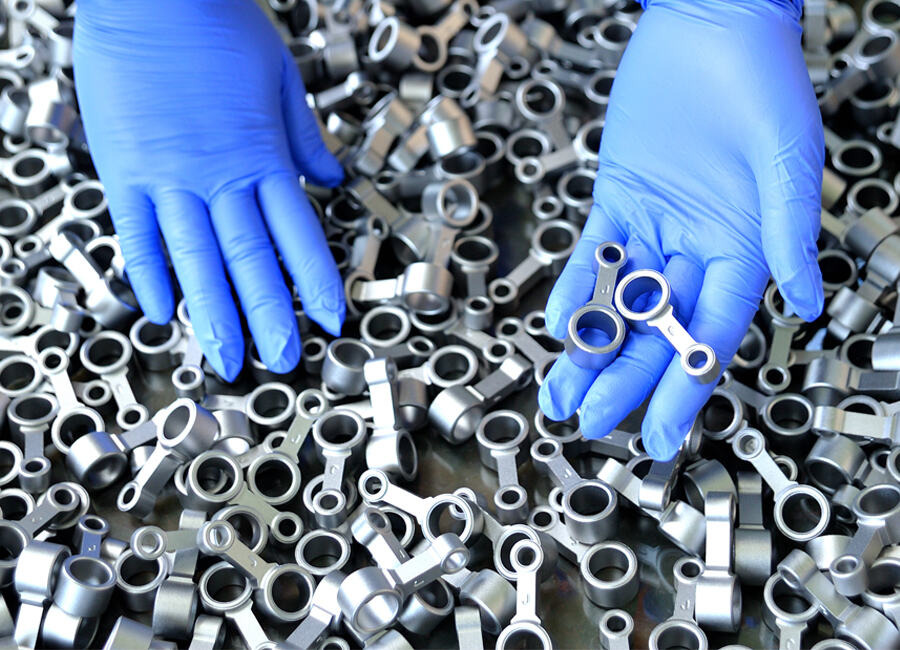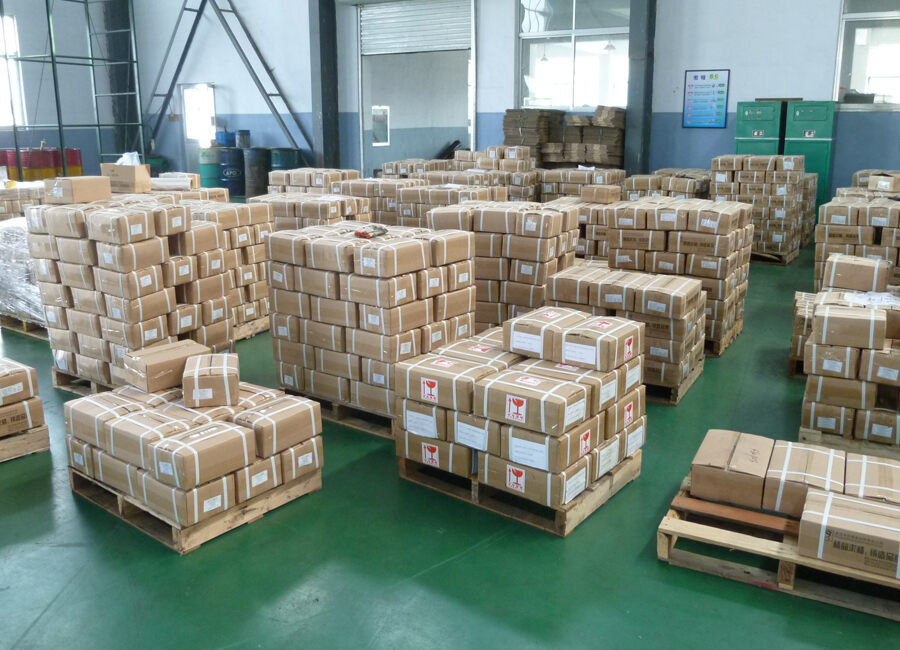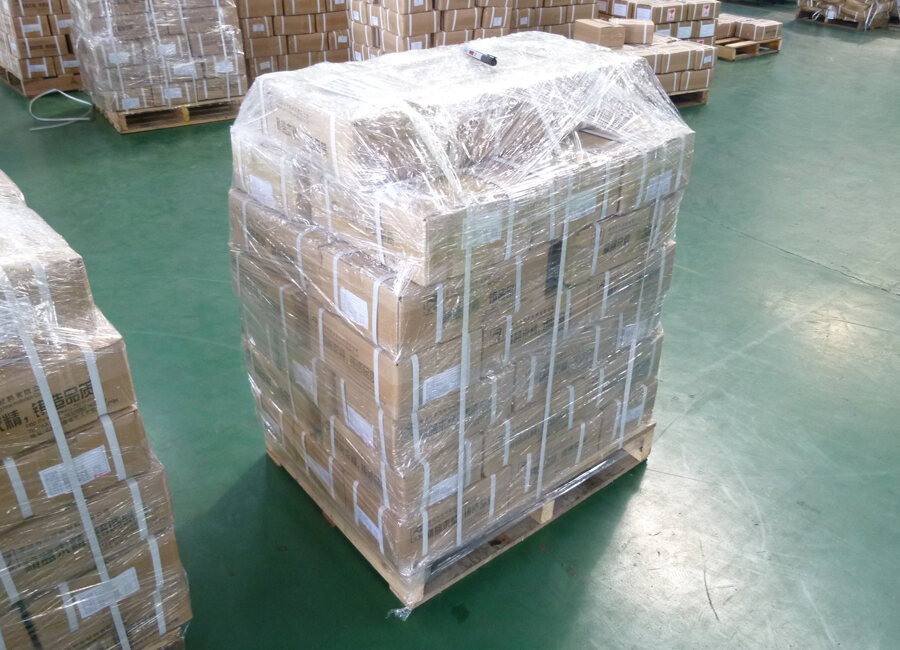Top Supplier of Powder Metallurgy Products in China
BLUE is a leading factory that produces high-quality powder metallurgy products in sintered iron, bronze and stainless steel materials.
10,000+ Standard Parts
Find the same powder metallurgy product without any mold fee before placing an order.
$0.00 Sample Fees
All standard powder metallurgy products provide free sample testing before order.
IATF 16949 Certified
All powder metallurgy parts are produced and controlled in accordance with auto parts standards.
100% Full Inspection
Full inspection can ensure that every part is consistent with the confirmed sample before shipment.

Developed and Featured Powder Metallurgy Products
BLUE has developed a wide range of powder metal parts for various industries, including automotive, home appliances, medical devices, and electric tools, demonstrating its versatility and expertise in the field.
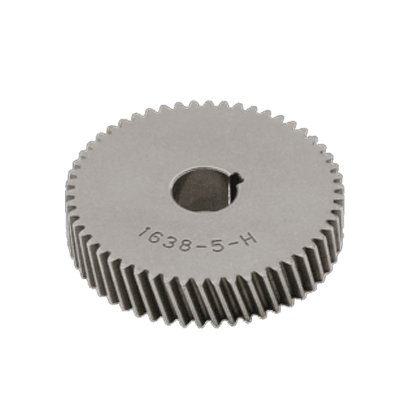
Powder Metallurgy Products
The primary technical challenge in producing powder metallurgy helical gears lies in mold design and installation, with pre-alloyed powder being the most commonly used material in their production.
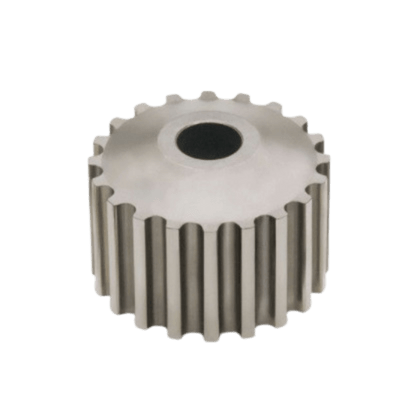
Powder Metallurgy Parts
Sintered pulleys, which are manufactured using the powder metallurgy process, are widely used in automobile water pump assemblies for their excellent cost performance and superior durability.
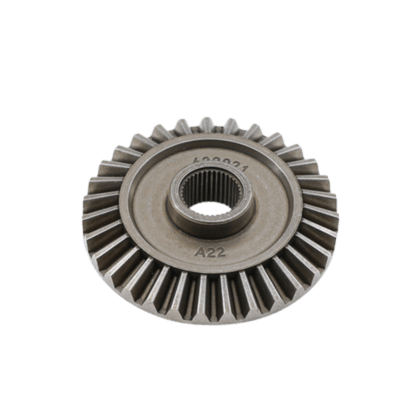
Powder Metal Parts
Bevel gears produced through powder metallurgy are commonly used in power tools, but their complex tooth shape can lead to higher mold costs, which can impact the overall cost of production.
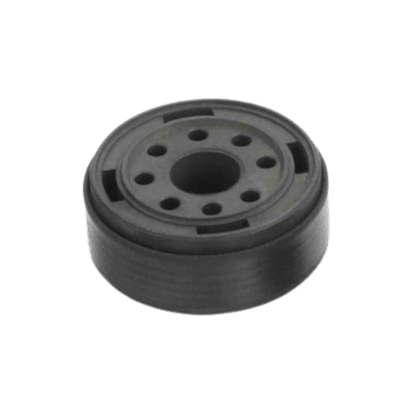
Sintered Parts
The powder metal shock absorber piston makes steam treatment to enhance durability and wear resistance, resulting in hardness of HRB70-90, providing excellent performance in demanding driving conditions.
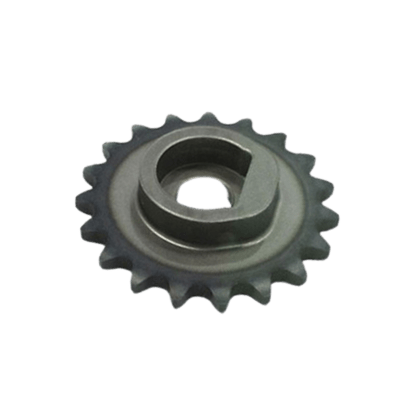
Powder Metallurgy Part
The motor pulley comprises a body that is fabricated using powder metallurgy technology with a blacking process, along with a retaining ring that is stamped and then welded onto the pulley during assembly.
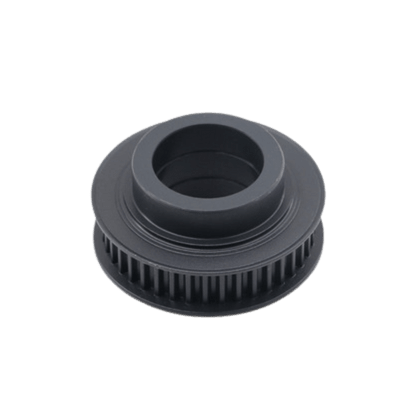
Sintered Metal Parts
To improve the surface hardness and strength of an automobile timing sprocket of powder metallurgy, it undergoes high-frequency quenching treatment, which can result in a surface hardness of HRC30-40.
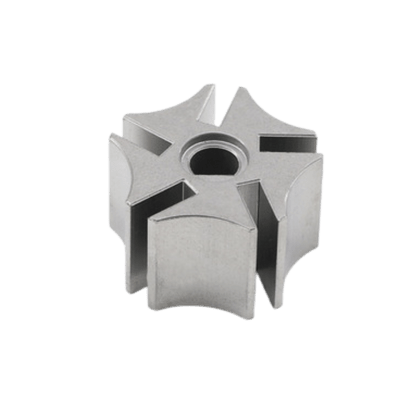
Sintered Structural Part
BLUE produces hundreds of sintered impellers for small oil pumps, with different holes and blades, using advanced powder metallurgy techniques and exhibiting high resistance to corrosion.
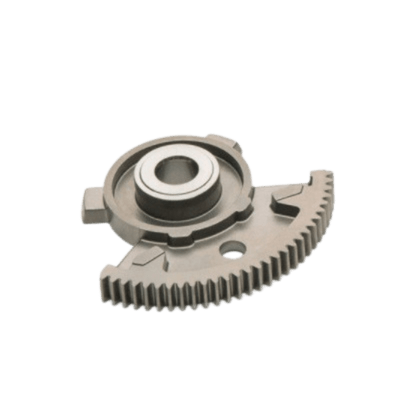
Metal Powder Products
BLUE is able to efficiently and cost-effectively design and produce a wide range of sintered parts with high precision, making it an ideal choice for customers who require high-quality products.
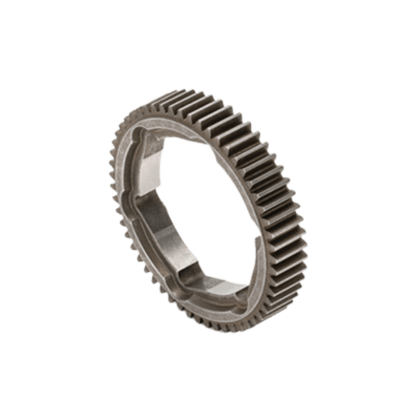
Sintered Gears
At BLUE, the sintered gears are centred around the use of sinter hardening and alloy powder with high strength and wear resistance, which is best for meeting the performance demands of various applications.
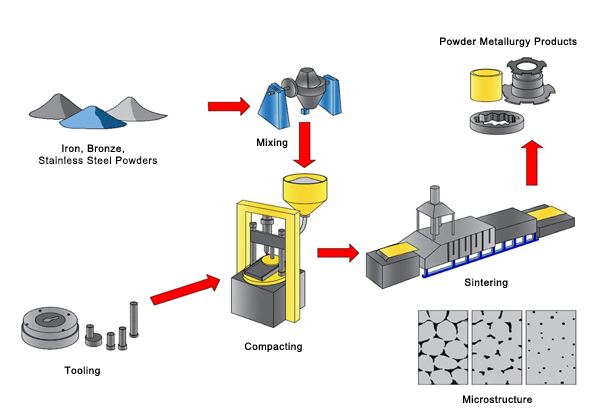
ODM & OEM Capabilities
BLUE has extensive ODM and OEM capabilities when it comes to producing powder metallurgy products.
We are equipped with advanced CAD software that can read and interpret various file formats such as IGS, STEP, and SLD files, making it easier for customers to provide their designs.
BLUE’s experienced engineers can then analyze and optimize the design, ensuring that the final product meets the customer’s requirements while maintaining the highest quality standards.
Our efficient production process also allows for cost-effective and timely production of small to large-volume orders.
Testing & Inspecting Laboratory
BLUE has a well-equipped inspecting laboratory to ensure the quality of its powder metallurgy products.
The laboratory is equipped with advanced instruments such as hardness testers, 2D projectors, and Coordinate Measuring Machines (CMM) to measure the dimensional accuracy and surface quality of the products.
In addition, the laboratory is also equipped with equipment for testing the material strength and chemical composition of the products, ensuring that they meet the required standards.
The use of these sophisticated instruments and equipment allows BLUE to maintain strict quality control measures.
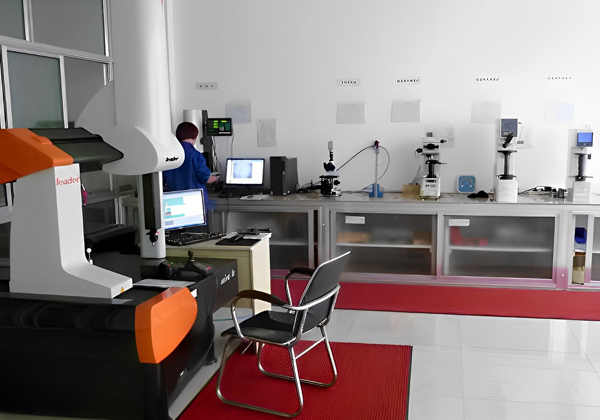
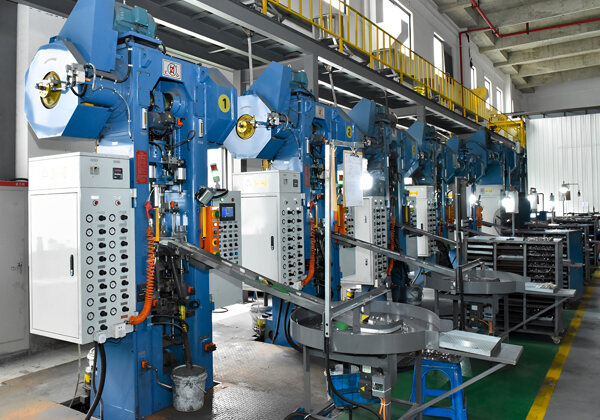
25T to 500T Compacting Machine
BLUE is equipped with a range of advanced powder metallurgy equipment, including machines of 25T, 60T, 100T, 140T, 300T, and 500T capacities.
This variety of equipment enables the company to cater to the production needs of different sizes at the same time, and to meet the specific requirements of each customer.
In addition to the equipment, BLUE also has a team of experienced and skilled engineers and technicians who operate the machines and carry out the production process with precision and efficiency.
The team works together to ensure that each production run is completed to the highest standards of quality, accuracy, and consistency.
ISO 9001 & IATF 16949 Certified
As a leading manufacturer of powder metallurgy products, BLUE understands the importance of consistently delivering high-quality products to customers.
That’s why BLUE has implemented a quality management system that meets the requirements of ISO 9001 and IATF 16949, which are the highest international standards for quality management in the automotive industry.
These standards help to ensure that BLUE’s factories operate with consistent and reliable processes that result in consistent product quality.
We pride ourselves on providing high-quality products and services that meet or exceed customer expectations.
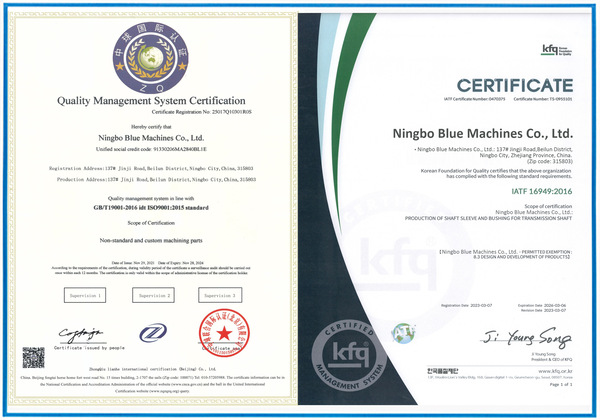
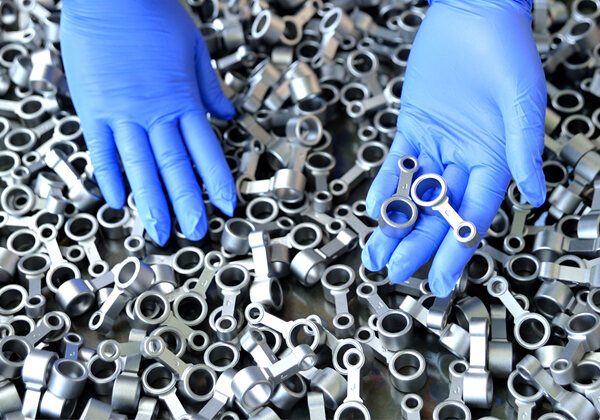
100% Inspection Before Shipping
At BLUE, 100% inspection before shipping is considered an essential step to ensure that the delivered products meet the required standards of quality and performance.
This process involves a comprehensive inspection of every product to identify any potential defects or issues that may affect its functionality.
By implementing this stringent inspection process, BLUE aims to maintain its reputation for producing high-quality powder metallurgy products that meet or exceed customer expectations.
The company’s commitment to quality control also helps to minimize the risk of product recalls, returns, or customer complaints, which can have a significant impact on customer satisfaction.
Main Powder Metallurgy Equipment List | BLUE
BLUE has various powder metallurgy equipment involving compacting, sintering, sizing and machining processes for the production of high-quality powder metal parts.
Image
Name
Capacity
Quanqity
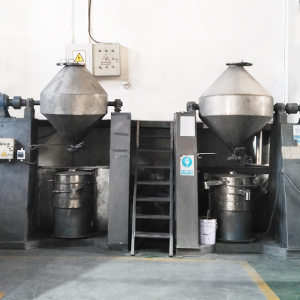
Powder Mixing Machine
50 Ton/day
2 units
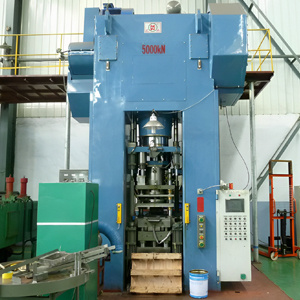
25-500 Ton Compacting Machine
30,000pcs/day
26 units
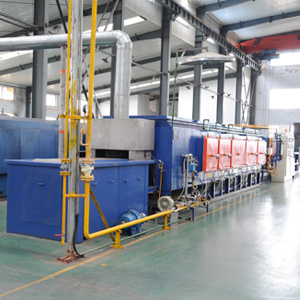
Sintered Furnace
3 Ton/day
1 unit
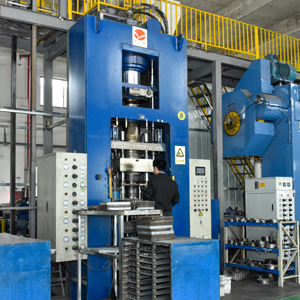
50-600 Ton Sizing Machine
10,000pcs/day
11 units
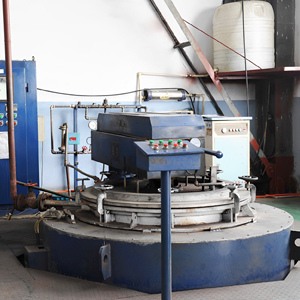
Steam Treatment Furnace
1 Ton/day
1 unit
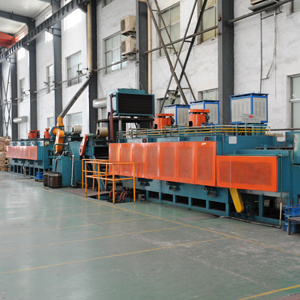
Hardening Furnace
1.5 Ton/day
1 unit

CNC Machining Machines
3,000pcs/day
17 units
BLUE Standard Powder Metallurgy Products
BLUE offers a wide range of more than 50,000 developed powder metallurgy parts for customers to choose from, including gears, bearings, pulleys, impellers, sprockets, and other customized components.
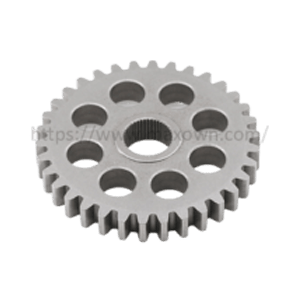
Sintered Gear
Sintered gears are strong and durable gears commonly used in automotive applications that are made by compacting and sintering powdered metal materials.
The materials can be iron, bronze, and steel, stainless steel and are known for their porosity, which allows lubricant to be retained and reduces wear.
The process ensures accurate tooth geometry and minimal noise and vibration and is hardened using heat or surface treatment for improved wear resistance and durability.
Specification
- Item No.: BH0092
- Size: Φ75*32.5mm
- Tolerance: ±0.025mm
- Net Weight: 124g
- Material: FD-0205
- Hardness: HRC35-45
- Finish: Hardening
- MOQ: 5,000pcs
- Lead Time: 20-30 Days
- Application: Power Tools
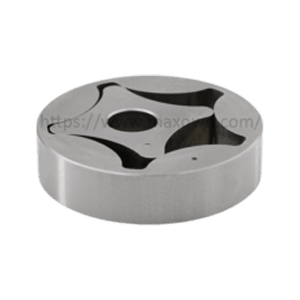
Oil Pump Rotor
The sintered oil pump rotor is a key component in oil pump systems, widely used in automotive and industrial applications to facilitate efficient oil circulation and reliable lubrication.
Manufactured using the powder metallurgy process, this rotor is meticulously produced through the compaction and sintering of metal powders, resulting in a robust and precisely engineered part.
With its intricate design and optimized porosity, the sintered oil pump rotor ensures optimal oil flow, minimizes friction, and enhances the overall performance and longevity of the oil pump assembly.
Specification
- Item No.: BH1087
- Size: Φ55*13mm
- Tolerance: ±0.02mm
- Net Weight: 77g
- Material: FC-0205
- Hardness: HRC25-35
- Finish: Hardening
- MOQ: 3,000pcs
- Lead Time: 20-30 Days
- Sample: Motor
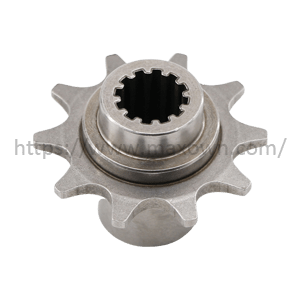
Sintered Sprocket
BLUE’s sintered sprockets are high-quality sprockets designed for various industrial applications.
This process results in a high-precision sprocket with improved hardness and wear resistance.
With their superior strength, durability, and precision, these sprockets are an excellent choice for those seeking high-quality and long-lasting sprocket solutions.
To further improve the sprocket’s durability, a surface treatment can also be applied.
Specification
- Item No.: BH1045
- Size: Φ43.5*32mm
- Tolerance: ±0.03mm
- Net Weight: 62g
- Material: FLC-4608
- Hardness: HRC40-45
- Finish: Hardening
- MOQ: 3,000pcs
- Lead Time: 20-30 Days
- Sample: Auto Clutch
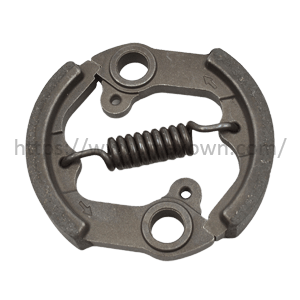
Sintered Clutch
BLUE’s sintered clutch is a high-performance clutch designed for heavy-duty industrial applications.
The sintering process used to create BLUE’s sintered clutch involves compacting the powdered metal materials and then heating them to a temperature just below their melting point.
With its superior strength, durability, and precision, this clutch is an excellent choice for heavy-duty applications that require a high-quality and long-lasting clutch solution.
Specification
- Item No.: BH2540
- Size: Φ77*10.5mm
- Tolerance: ±0.05mm
- Net Weight: 69g
- Material: FD-0208
- Hardness: HRC30-40
- Finish: Hardening
- MOQ: 5,000pcs
- Lead Time: 30-45 Days
- Sample: Engineering Machinery
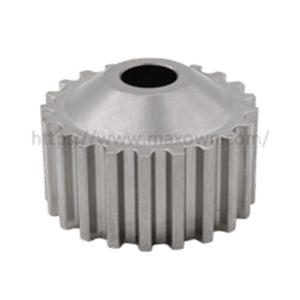
Sintered Pulley
BLUE’s sintered pulleys are a reliable and high-performance solution for auto water pumps.
We offer a wide range of sintered pulleys with various designs and specifications to meet different requirements.
You can choose from our developed models without mold fees, and also allowing to select the right pulley for your application without incurring additional costs.
We also offer free samples for customers to test the pulleys’ quality and reliability before making a purchase.
Specification
- Item No.: BH1057
- Size: Φ57.2*26.5mm
- Tolerance: ±0.015mm
- Net Weight: 213g
- Material: FC-0205
- Hardness: HRB50-70
- Finish: Non
- MOQ: 1,000pcs
- Lead Time: 10-15 Days
- Sample: Auto Water Pump
More about BLUE's Powder Metallurgy Products
BLUE pays great attention to production details, mature manufacturing processes, advanced equipment and strict quality control inspection to ensure their products are precise, accurate and of the highest quality.
- Compacting
- Sintering
- Inspecting
- Machining
- Packaging
How does BLUE Produce Powder Metallurgy Products?
BLUE employs advanced technology and skilled personnel to manufacture and inspect high-quality powder metallurgy molds and other accessories.

- | Compacting
BLUE offers a range of compacting machines from 25 to 600 tons with different sizes of powder metallurgy products.
- | Sintering
BLUE is equipped with two ultra-wide and long sintering furnaces, enabling the efficient sintering of large quantities.
- | Machining
BLUE's full-process machining equipment covers a range of processes, including turning, milling, grinding, and drilling.
- | Inspecting
BLUE's testing includes using CMM, projector, hardness tester, and material tensioner to ensure accuracy and quality.
Frequently Asked Question
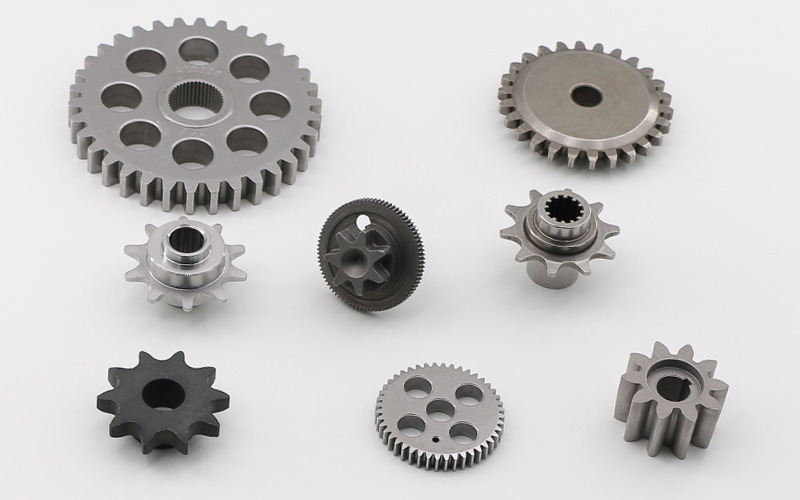
Powder metallurgy (PM) is a manufacturing process that involves creating metal, metal alloys or ceramic powders and then using these powders to produce solid components or parts.
The process typically involves five main steps:
- Mixing
- Compacting
- Sintering
- Sizing
During powder mixing, the desired metal or alloy is typically broken down into small particles using methods such as atomization or chemical precipitation.
These particles are then mixed together to create a homogenous mixture, which is then placed into a mold and compacted using high pressure to form the desired shape.
Finally, the compacted part is sintered, or heated to a high temperature, causing the particles to fuse together and form a solid component.
The resulting product can then undergo additional processing steps such as machining, grinding, or coating to achieve the desired finish and properties.
Powder metallurgy is a versatile process that can be used to produce complex shapes and parts with high dimensional accuracy and uniformity.
The resulting products can have a range of desirable properties, including high strength, wear resistance, and heat resistance, making them ideal for use in a variety of industries, including automotive, aerospace, and medical device manufacturing.
- Regular powder metallurgy products are made by compacting metal powders into a desired shape and then sintering the part to fuse the metal particles together.
Metal injection molding (MIM) products are made using a combination of metal powders and a thermoplastic binder material that is injected into a mold and then debonded and sintered to create a solid metal part.
Sintered ceramic products are made using a similar process to powder metallurgy but with ceramic powders instead of metal powders. These products can have high strength, wear, and chemical resistance, making them ideal for use in applications such as cutting tools, electrical components, and medical implants.
All of these processes involve the use of powders and sintering to create solid components or parts, and each has its own unique advantages and limitations depending on the specific application and materials being used.
The cost of powder metallurgy products is determined by several factors, including the cost of raw materials, processing and machining costs.
The cost of raw materials is a significant factor in determining the overall cost of manufacturing powder metallurgy products.
- Carbon steel is a relatively low-cost material, with a cost of around $1.1 per kilogram.
- Bronze material is more expensive, with a material cost of around $15.2 per kilogram.
- Alloy steel material has a cost of approximately $3.1 per kilogram.
Machining and finishing costs are other important factor that can contribute to the overall cost of production.
These costs can vary depending on the specific process required for each part, the material used, the tolerance, and the size of the part.
For example, machining, turning, milling, drilling, and grinding all require specialized equipment, tooling, and labour.
The process costs such as compacting, sintering, and steam treatment also contribute to the overall cost of production.
These costs include expenses such as equipment maintenance, facility overhead, and labour and are typically spread out over the production run.
In summary, the cost of powder metallurgy products can vary widely depending on several factors, including the specific application and requirements.
A powder metallurgy manufacturer can provide guidance on material selection, process optimization, and other factors that can help to minimize costs while achieving the desired performance and quality.
A wide variety of materials can be used in powder metallurgy products, including metals, alloys, and ceramics.
Common metals and alloys used in powder metallurgy products include iron, steel, stainless steel, copper, brass, bronze, aluminium, titanium, and nickel.
These materials are often used due to their excellent mechanical properties, such as strength, hardness, and wear resistance, as well as their ability to be formed into complex shapes with high dimensional accuracy.
Ceramic materials can also be used in powder metallurgy products, including materials such as alumina, zirconia, silicon carbide, and tungsten carbide.
These materials are often used in applications where high hardness, wear resistance, and thermal stability are required.
In addition to these commonly used materials, new materials are continually being developed and optimized for use in powder metallurgy products, such as metal matrix composites, nanomaterials, and shape memory alloys.
Overall, the choice of material for a powder metallurgy product will depend on the specific application and requirements, including factors such as strength, corrosion resistance, wear resistance, and thermal stability.
A powder metallurgy manufacturer can provide guidance on material selection based on the desired properties and performance characteristics of the final product.
Powder metallurgy products offer several advantages over traditional metalworking processes. Some of the key advantages of powder metallurgy products include:
Cost-effectiveness: Powder metallurgy is often more cost effective than traditional metalworking processes, as it can reduce the amount of material waste and machining required, resulting in lower material and production costs.
Versatility: Powder metallurgy can be used to create complex geometries and intricate shapes that are difficult or impossible to achieve with other metalworking processes. This makes it a versatile manufacturing method for a wide range of applications.
Material properties: Powder metallurgy products can offer a range of desirable material properties, such as high strength, wear resistance, and corrosion resistance, depending on the specific material and process used.
Consistency and quality: Powder metallurgy products offer consistent and repeatable quality, as the process allows for tight dimensional control and uniform material properties.
Environmental benefits: Powder metallurgy produces less material waste and uses less energy compared to traditional metalworking processes, making it a more sustainable manufacturing method.
Lower lead times: Powder metallurgy products can often be produced in shorter lead times compared to traditional metalworking processes, as the process can involve fewer steps and require less machining.
Overall, powder metallurgy offers several advantages for manufacturing high-quality, complex parts with consistent material properties and lower costs compared to traditional metalworking processes.
BLUE’s powder metallurgy products can undergo various surface treatments to achieve specific functional or aesthetic properties.
Some common surface treatments for Maxown’s powder metallurgy products include:
- Steam treatment: This process involves the application of a black oxide coating to improve the appearance and corrosion resistance of the product.
- Plating: Maxown’s powder metallurgy products can be plated with a variety of metals, such as nickel, copper, or chromium, to improve their durability, wear resistance, or electrical conductivity.
- Painting or coating: Maxown’s powder metallurgy products can be painted or coated with a variety of materials to achieve specific functional or aesthetic properties, such as anti-corrosion coatings, lubricant coatings, or decorative finishes.
- Heat treatment: Maxown’s powder metallurgy products can undergo heat treatment to improve their material properties, such as hardness, strength, or ductility.
- Sandblasting and vibrating: This process involves blasting the surface of the product with small metallic or ceramic beads to improve its fatigue resistance and surface finish.
Overall, the surface treatment options for Maxown’s powder metallurgy products can vary depending on the specific material, application, and desired properties of the final product.
The surface treatment process should be carefully selected and optimized by Maxown to achieve the desired functional and aesthetic properties while maintaining the integrity and quality of the product.
BLUE’s powder metallurgy products are widely used in a variety of industries and applications due to their unique properties and manufacturing advantages.
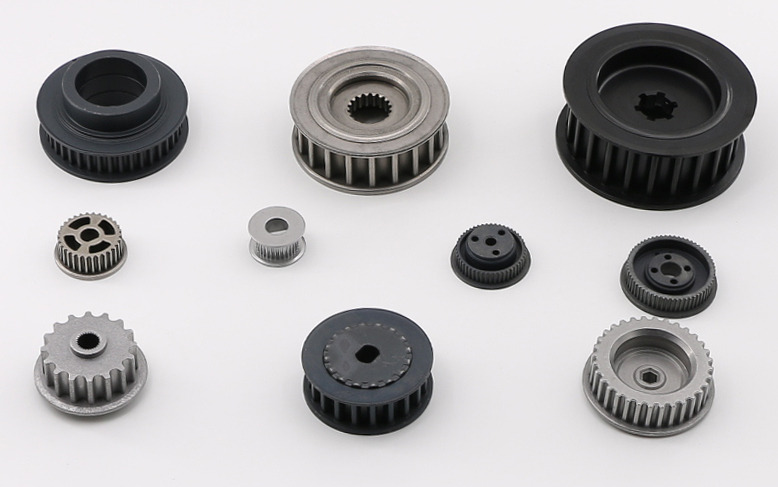
Some common applications of powder metallurgy products include:
Automotive industry: Powder metallurgy products are widely used in the automotive industry for components such as gears, bearings, connecting rods, and valve seat inserts due to their high strength, wear resistance, and dimensional accuracy.
Aerospace industry: Powder metallurgy products are used in the aerospace industry for components such as turbine blades, compressor parts, and heat exchangers due to their high-temperature resistance and lightweight properties.
Medical industry: Powder metallurgy products are used in the medical industry for components such as dental implants, joint replacements, and surgical instruments due to their biocompatibility, corrosion resistance, and precision.
Industrial machinery: Powder metallurgy products are used in industrial machinery for components such as cams, pulleys, and bushings due to their high strength, wear resistance, and ability to reduce friction and noise.
Consumer goods: Powder metallurgy products are used in a variety of consumer goods such as power tools, appliances, and hardware due to their durability, cost-effectiveness, and ability to achieve complex shapes and features.
Electrical and electronics industry: Powder metallurgy products are used in the electrical and electronics industry for components such as magnetic cores, contacts, and connectors due to their high electrical conductivity, magnetic properties, and ability to achieve complex shapes.
Energy industry: Powder metallurgy products are used in the energy industry for components such as turbines, generators, and bearings due to their high strength, wear resistance, and ability to withstand high temperatures and corrosive environments.
Defence and military industry: Powder metallurgy products are used in the defence and military industry for components such as bullet casings, rocket nozzles, and armour plates due to their high strength, toughness, and ability to withstand impact and penetration.
Sporting goods industry: Powder metallurgy products are used in the sporting goods industry for components such as golf club heads, bike components, and ski bindings due to their lightweight, high strength, and ability to achieve complex shapes and features.
Construction industry: Powder metallurgy products are used in the construction industry for components such as door handles, locks, and hinges due to their durability, corrosion resistance, and ability to achieve intricate designs and finishes.
Overall, the versatility and unique properties of powder metallurgy products make them a popular choice for a wide range of industries and applications.
As the technology and manufacturing methods continue to advance, new applications and opportunities for powder metallurgy products are likely to emerge.
Quality control measures are crucial for Maxown, a leading manufacturer of powder metallurgy products, to ensure that their products meet the desired specifications and standards.
To achieve this, Maxown implements various quality control measures, such as raw material inspection, process control, an inspection of finished products, statistical process control, quality management systems, and continuous improvement.
BLUE carefully inspects the incoming raw materials to ensure that they meet the desired specifications for chemical composition, particle size distribution, and other physical properties.
The entire manufacturing process is monitored and controlled to ensure that the products meet the desired dimensional accuracy, strength, density, and other properties.
Finished products are inspected using various methods such as visual inspection, dimensional inspection, hardness testing, and magnetic particle inspection to ensure that they meet the desired specifications and standards.
BLUE also employs statistical process control techniques to monitor the manufacturing process and detect any variations or defects early on, allowing corrective actions to be taken before the products are shipped.
Quality management systems such as ISO 9001 and TS 16949 are implemented to ensure that the entire manufacturing process is controlled, and the products meet the desired quality standards.
Continuous improvement techniques such as Six Sigma are used to identify areas for improvement in the manufacturing process and to continuously improve the quality of the products.
In summary, BLUE’s commitment to quality and consistency is evident in the various quality control measures they implement throughout their manufacturing process, ensuring that their powder metallurgy products meet the desired specifications and standards for their intended applications.
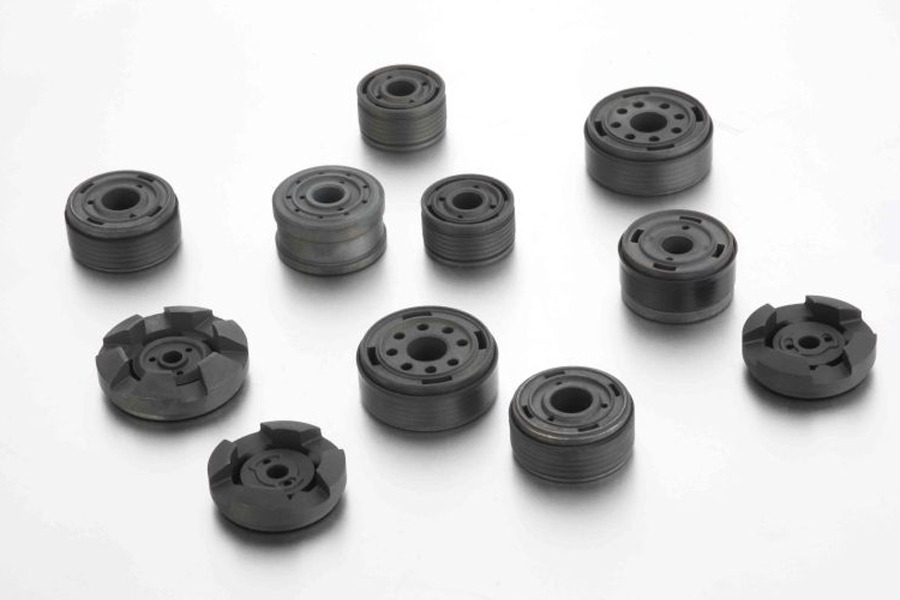
Powder metallurgy products are widely used in various industries due to their unique properties, such as high strength, wear resistance, and corrosion resistance.
BLUE, a leading manufacturer of powder metallurgy products, specializes in producing high-density products with a maximum density of 7.35 g/cm3.
To achieve the desired properties, the powder metallurgy manufacturing process requires careful control of various factors, such as material selection, particle size, distribution, and sintering parameters.
Achieving maximum density in powder metallurgy products can be challenging, as factors like porosity, grain growth, and impurities can limit density.
However, BLUE’s commitment to quality and consistency allows them to consistently produce high-density products.
The high-density powder metallurgy products produced by Maxown have various applications in different industries.
In the automotive industry, high-density powder metallurgy products are used for gears, bearings, and other mechanical components.
In the aerospace industry, high-density powder metallurgy products are used in aircraft engines, turbines, and other critical components.
High-density powder metallurgy products are also used in medical devices, power tools, and many other applications.
In conclusion, achieving maximum density in powder metallurgy products is crucial for obtaining desired properties and performance.
BLUE’s ability to produce high-density powder metallurgy products is a testament to its expertise and commitment to quality, making them a trusted supplier for various industries.
In terms of environmental impact, Maxown’s powder metallurgy manufacturing process is considered to be relatively sustainable and environmentally friendly compared to traditional manufacturing methods.
The process generates minimal waste and avoids the use of hazardous chemicals. Additionally, many of the raw materials used in Maxown’s powder metallurgy can be recycled, reducing the need for additional mining and extraction.
However, it’s important to note that energy consumption is still a factor in Maxown’s powder metallurgy manufacturing process.
While the process generally requires less energy compared to traditional manufacturing methods, the use of non-renewable energy sources can contribute to greenhouse gas emissions and climate change.
To address this, Maxown is committed to continuously seeking ways to reduce energy consumption and incorporate more renewable energy sources into its manufacturing process.
BLUE also implements various measures to minimize its environmental impacts, such as implementing dust collection systems and pollution control equipment to reduce particulate matter and other pollutants generated during the manufacturing process.
By prioritizing sustainable practices and continually improving its environmental impact, Maxown is committed to contributing to a more sustainable future.

